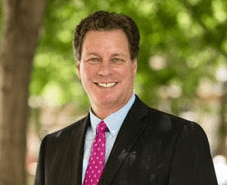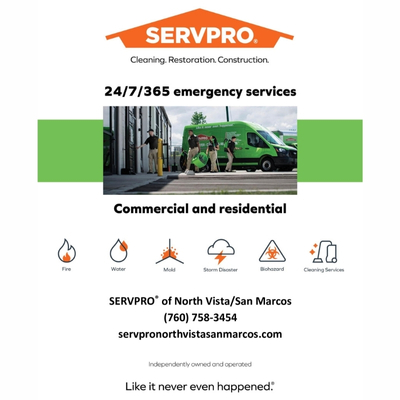By Alan Geraci
As fires ravage across our state, and fire fighters lose their lives in the line of duty, San Marcos families wonder when our community will again be hit.
Six of the worst fires in California history have occurred this year. It is not a coincidence, it is manifested climate change.
San Marcos has a lot to lose unless we are smart about how we address our rapidly changing climate–but we’re running out of time.
We’re a community surrounded by vegetation, and our open spaces are some of our city’s most treasured features. Protecting these spaces and our neighbors must be at the top of our priority list. That means adopting a bold plan now to reduce the effects of climate change.
Our city will be renewing its Climate Action Plan at the end of this year, and the decisions made will drastically impact how prepared we are as a community to combat climate change. Experts conclude that this is the last decade to stabilize the effects of climate change or else we will be passing a dying planet to our children and grandchildren. We must have innovative solutions when thinking about how to refocus our efforts in smart, sustainable ways.
There are three main areas our leaders need to focus on when drafting a new climate action plan: Clean transportation; affordable and sustainable housing; and climate adaptation and emergency planning.
Clean transportation is critical because of the rapid growing population. The rise of housing costs is pushing families further away from job centers, increasing commutes and resulting in more air pollution. We must expand public transportation networks through public-private partnerships. This will reduce our reliance on cars and encourage the use of climate-friendly technology while planning growth in smart ways. It has the added benefit of saving families money in the long run. Wouldn’t it be nice to not have a car payment? Or lower your insurance costs because you’re driving less? Or even just spend more time with your family and less time stuck in traffic on the 78?
Transportation doesn’t mean much if you have no where to lay your head at night. Seniors and working families are being priced out of their home town and forced into more fire-prone areas that are less expensive. We must increase housing solutions that are affordable for our residents, and do so in a smart, climate-friendly way. Creating affordable and sustainable housing involves promoting mixed-use development– or spaces that combine residential and commercial uses– to reduce environmental impacts. Environmentally friendly land use and development patterns can save families money, reduce emissions, and live up to the idea that people can actually live where they work.
Lastly, climate adaptation and emergency planning require the city to rebuild crumbling infrastructure to withstand climate impacts we know are coming. For example, we know the CA-78 dangerously floods anytime we get a substantial amount of rain. Although the Creekside project addresses some of this problem, we need to completely address these issues taking both public safety and sustainability into account.
Our community has a responsibility to do its part in lessening the effects of climate change. The time for cowardly can-kicking has passed and doing the minimum is no longer an option. We must demand our leadership be bold with our goals for our city. Real solutions will save lives, money, and protect San Marcos so that our kids and grandkids can build a life here too.


















